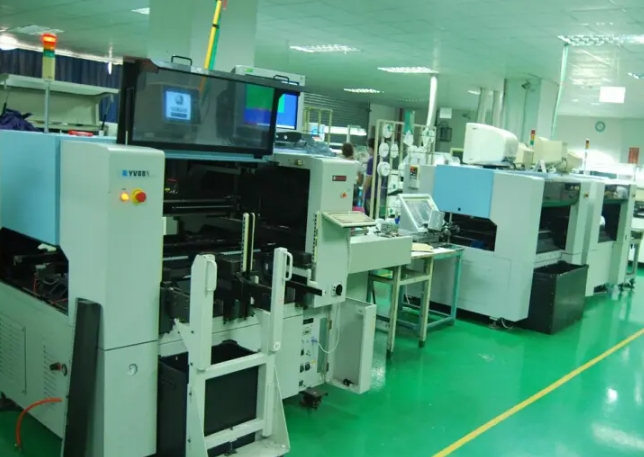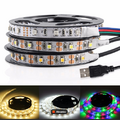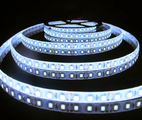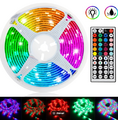How Do LED Strip Light Factories Impact Cost?
The Economics of LED Strip Light Factories: Unpacking Costs
When selecting an LED strip light factory, understanding how their operations impact overall costs can guide businesses towards making more cost-effective decisions. From material choices to manufacturing processes, each factor plays a significant role in determining the price of the final product.
Material Costs: The Building Blocks of Pricing
The choice of materials significantly dictates the cost structure of LED strip lights. For instance, the type of LED used (e.g., SMD 5050 vs. SMD 2835) varies in price, with more powerful or efficient LEDs generally costing more. High-quality PCBs that use at least 2 ounces of copper per square foot for better heat dissipation also come at a higher price point. Given that material costs can constitute up to 60-70% of the total production costs, selecting a factory that sources economically without compromising quality is crucial.
Manufacturing Efficiency and Scale
The efficiency of the manufacturing process directly affects the cost. Factories employing advanced SMT machines and automation technology can reduce labor costs and improve production speed, which can lead to lower prices per unit. Additionally, factories operating at larger scales can leverage bulk purchasing and optimized production runs, potentially reducing the cost per unit by 10-15% compared to smaller operations.
Quality Control and Its Financial Impact
Robust quality control mechanisms are a double-edged sword: they prevent costly recalls and maintain brand reputation but also add to the upfront cost. However, investing in quality control can be economically beneficial in the long run, as it reduces the likelihood of defective products reaching the market, which can lead to significant savings on returns and warranty claims.

Compliance and Certification Costs
Adhering to international standards such as CE, UL, or RoHS involves both initial certification costs and ongoing compliance costs. While these certifications ensure safety and environmental standards are met, they also add approximately 5-7% to the manufacturing cost. However, these expenses are often seen as worthwhile investments that open access to more markets and reduce legal risks.
Innovative Practices Reducing Costs
Factories that invest in research and development may initially face higher costs, but these can lead to long-term savings through more efficient and innovative production techniques. For example, the development of LED strips with better energy efficiency or longer lifespans can command higher prices in the market, offsetting the initial R&D expenses.
Logistics and Supply Chain Efficiency
The logistical capabilities of a factory also influence the final cost. Efficient supply chain management can reduce transportation and warehousing costs by up to 20%, depending on the geographic location and distribution networks of the factory. Choosing a factory with strategic location advantages or excellent logistical partnerships can significantly lower these costs.
By understanding these factors, businesses can better negotiate with and select an LED strip light factory that offers the best balance of cost and quality, ensuring competitive pricing for their LED strip light offerings without sacrificing performance or reliability. Through careful analysis and partnership with the right manufacturers, companies can effectively manage production costs and enhance their market position.





